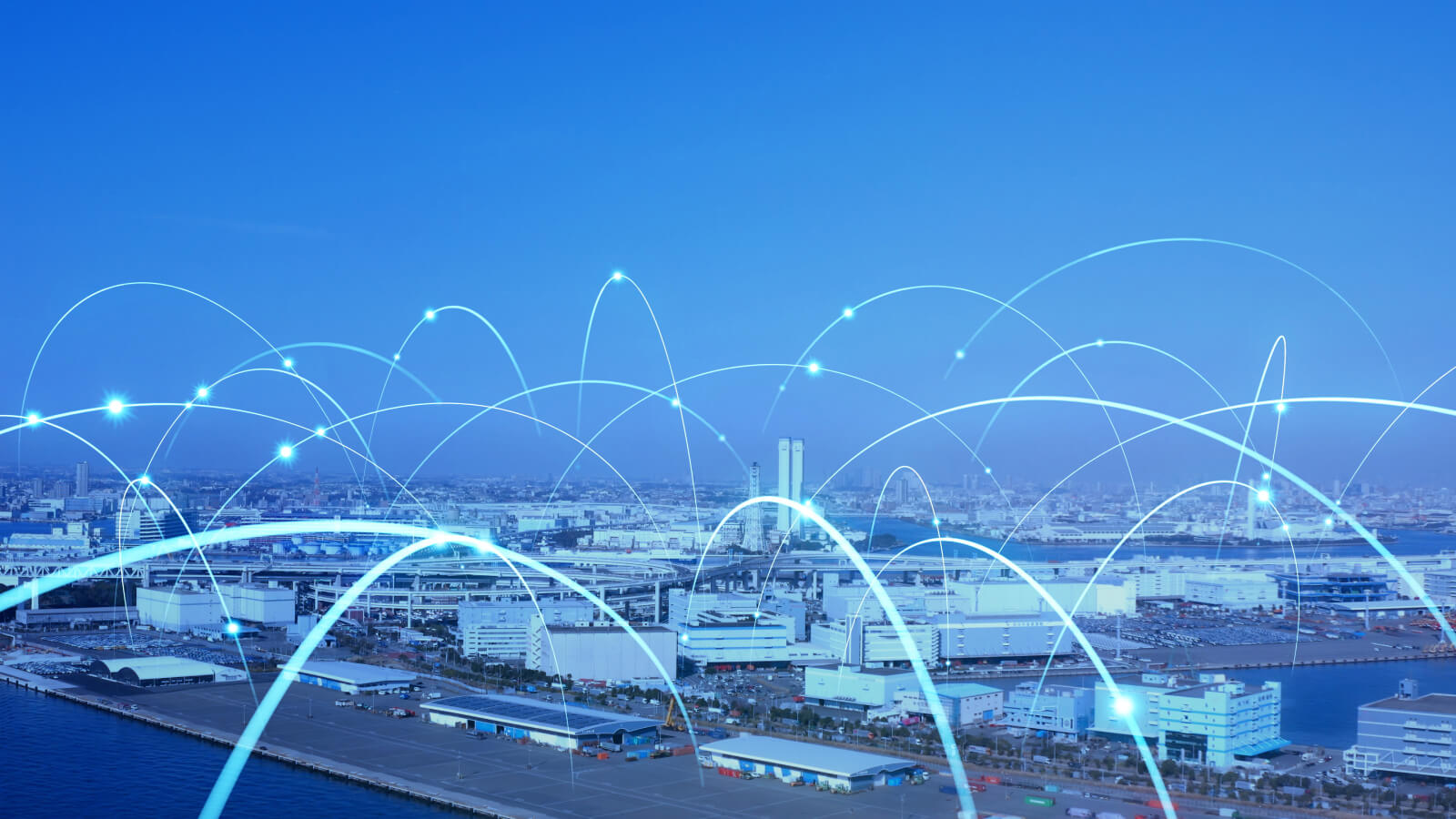
This article originally published on Supply Chain Digital
In many ways, supply chains are still catching up to the modern technological age, as the lack of real-time data and cross-company collaboration has consistently held back their advancement and evolution. For example, If your inbound freight terms aren’t collect, you likely have no visibility into what’s coming into your facilities. This lack of visibility can lead to production delays and downstream stockouts at the point of sale.
Alternatively, a transparent supply chain enables you to see everything — where your shipments are while in transit, in the warehouse or distribution center, and where they will be later. Extending visibility into every corner of your network unlocks immense business value through a variety of benefits. Here are the top 10.
Few companies directly manage their entire supply chain, from raw materials to shipping finished products. By mapping the entire lifecycle and knowing where everything is at all times, companies can better plan for all possible scenarios.
This connection that exists between planning and reliable transit times allows us to be prepared for any change in volume, either up or down, and – above all – to attend to the urgency that we may have in production changes.
But it doesn’t stop at planning; it’s critical to measure the performance of your plan to ensure that you can gauge the effectiveness of any changes you make in the future.
Our operating teams now have more data than ever before to monitor the operations within their region or site, they can now quantify the performance of the network in new ways to have more productive conversations with providers and drive improvements.
With hundreds of disparate systems used by carriers and freight forwarders, updates about milestones or ETAs can often come too late or be inaccurate, causing delays or excessive dwell time and, therefore, added demurrage and detention fees. The underlying logistical issues causing the delays must be directly addressed, and you cannot address what you cannot measure.
Rather than constantly reacting to delays and exceptions, logistics professionals should regularly examine their network design to identify optimal patterns within their flow of inventories. Such optimisation is useless unless you’re accounting for 100% of your network.
We can now focus the right carriers on the right loads, not just from a cost basis or from just a pure ‘Hey you service this lane well.’ Now we can look at day of week service, we can look at the facility.
With deep visibility and data, you can also answer critical questions about your supplier base: How many make the most sense? Are they collaborative? Being a “preferred supplier” is a big deal for many organizations because it helps them grow.
Imagine being able to proactively communicate to customers or address an issue before it becomes a problem. When employees have real-time insight into every shipment, everywhere, regardless of who owns the container or warehouse it’s in, they can.
The better that you can collaborate and integrate with your carriers, the more effective you’ll be at delivering on your customers expectations, which is in the end, what it’s all about.
Happy customers means happy employees. No one wants the mind-numbing task of manually tracking and tracing each shipment — even less desirable is doing so after being yelled at by an angry customer.
The ability to track SKU-level details across both managed and unmanaged freight with network visibility has enhanced our warehouse and labor productivity significantly.
Returned items are likely a black hole in your network – this means that 15% of your inventory is unaccounted for. Where a specific part or a SKU order with a vendor may take weeks, you might already have it in a bulk load somewhere within your network. By gaining full visibility, you can improve command over inventory and, on top of that, reduce the credit cycle by knowing when shipments change custody.
The thing about Scope 3 emissions is that many of the largest sources are the ones over which a business has little to no direct control. But investing in greater visibility helps you spot where inefficiencies are occurring so that you can influence a better outcome and hit your sustainability targets.
Better planning and execution, lower costs of service, proactive communication, a healthier planet, and happier employees, customers and partners. While visibility across your entire supply chain network is powered by technology, the dedicated and forward-thinking employees managing that technology on a daily basis are the real supply chain heroes.
Supply chain management is a field defined by collaboration. Now more than ever, with unpredictable consumer demand, supply-side disruptions, and increasing complexity, it’s critical that supply chain partners build relationships of transparency and collaboration in order to improve outcomes for all parties. Learn how to do just that with Network Visibility.